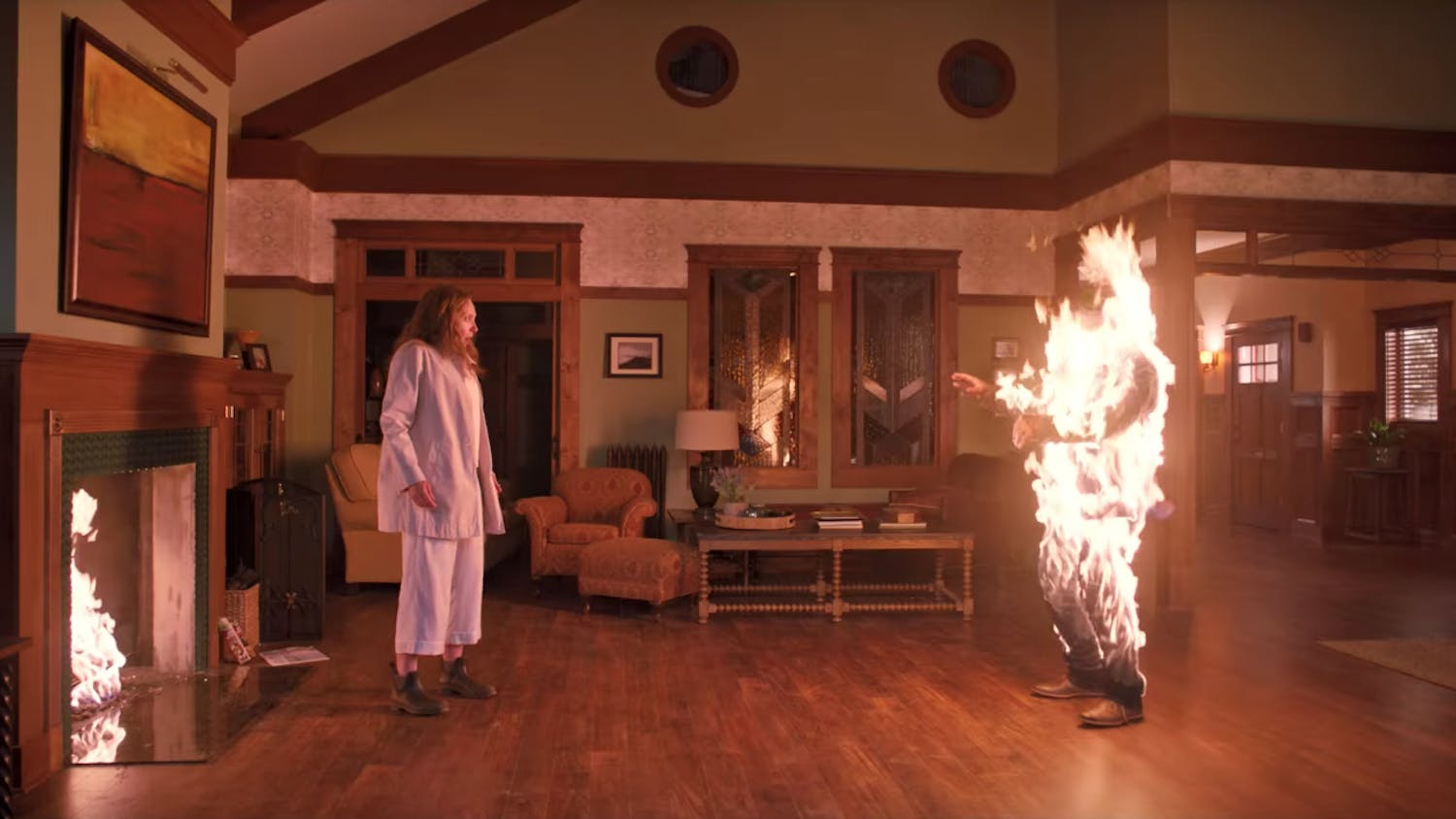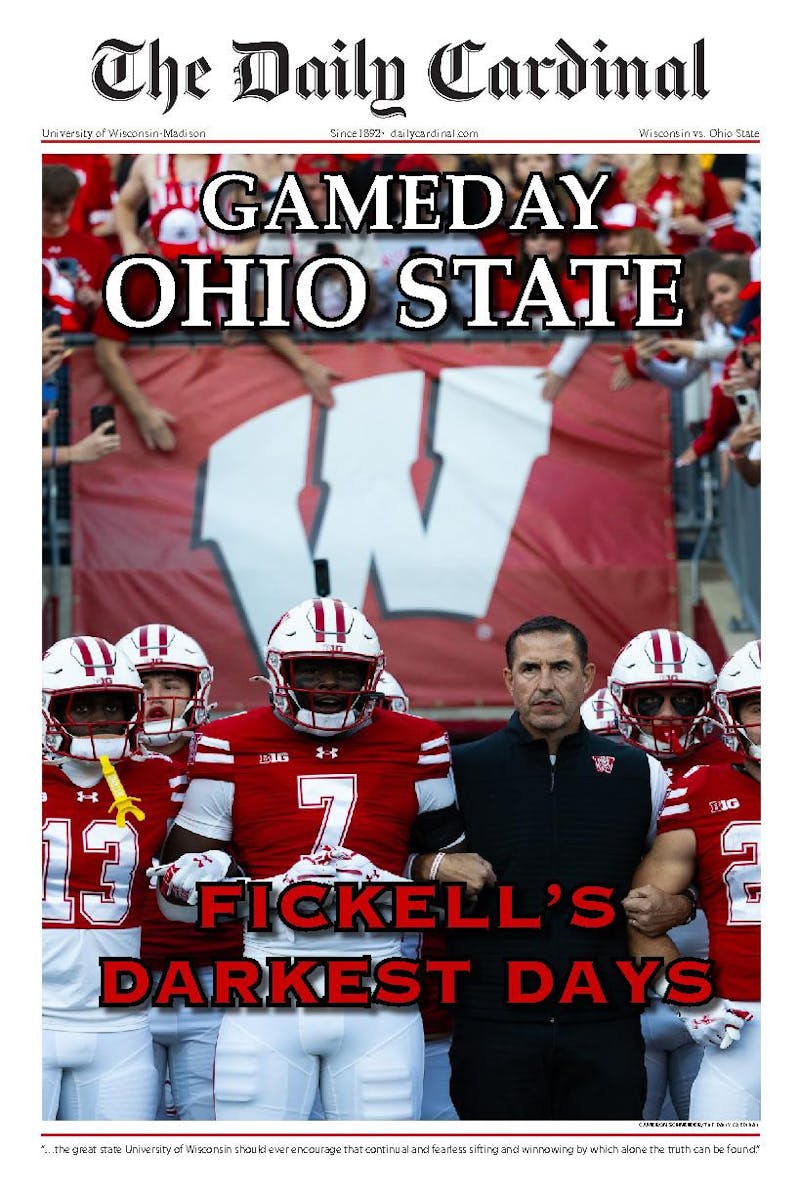A little while back my girlfriend went to a My Bloody Valentine show. I don’t know exactly what she was expecting (“I’ve never really listened to Loveless but it makes great study music,” she said to me a little while prior—not a wrong statement at all, though certainly not how I think of MBV), but what she got seemed to surprise her. She enjoyed it, but found the noisier aspects of the show a bit unnerving. Choice texts on the matter included “I wish I could wear two pairs of ear plugs at once.” When the band closed with their standard 30-minute take on “You Made Me Realize”—about 10 percent of which was actual song and the rest monstrous waves of 130-decibel feedback—she considered leaving early.
As jealous as I was of her attending, I couldn’t really blame her for having doubts. I’ve never been to a show quite as loud as that, but I’ve come close. Over the summer I saw Swans play an (admittedly muted) set at the Pitchfork Music Festival, and even then every drum hit felt like a nail going through your brain. Later that night I saw Marshstepper and Pharmakon play their variations on power electronics and death industrial in the tiny upstairs bar of the Bottom Lounge. Their particular brand of sonic holocaust was so loud it bordered on evisceration. I was fairly certain I was going to puke at one point. It was probably the best show I saw all summer.
This naturally begs the question I get all the time: Why would anyone ever listen to something like that?
I don’t really have a concrete answer, honestly. In all of the avant-garde’s most vile forms—especially harsh noise or wall of noise—it’s hard to give a rational or even sane explanation for the appeal. As opposed to most variations of pop, rock and roll, world music, hip-hop, electronica and so on, the point of the music here isn’t strictly entertainment, oftentimes it’s just as obsessed with discomfort as pleasure, a concept that’s often times hard to get over. Yet, people keep tuning in, and with every year since Luigi Russolo’s proto experiments in 1913—especially accelerated following the advent of the Internet—the scene and the sounds keep growing.
It’s not like noise doesn’t have a few claws skin deep into the flesh of the mainstream, either. If we’re talking indie rock, the early scene was replete with sonic troublemakers. Mission of Burma, Sonic Youth, Big Black, The Velvet Underground and others all toyed with abrasion and dissonance. Going up a layer, Neil Young and Iggy Pop had spheres of their careers marked by crushing distortion and atonality. Hell, even Skrillex and his brostep ilk, obsessed with their “dirty drops,” have a toe in noise.
So maybe noise isn’t actually all that repulsive—at least not in the macrocosm. There’s always been some sort of primal urge in music to churn up chaos or violence and generally noise feels like a necessary and wholly natural extension of that, something that most people can at least sympathize with. And it’s not all unfocused and pain obsessed. Sometimes there’s a shocking amount of beauty hidden under all the gruesome elements too, and sometimes it can even be playful.
Kazumoto Endo’s While You Were Out is a particularly gleeful example; converging obnoxious disco loops with blasts of dissonant sound, the result is something almost carnivalesque, a Dadaist justification of noise’s structureless aggression. Yellow Swans’ Going Places is remarkably beautiful and soothing, with sonic textures that shimmer and flow under all the obfuscating squall. Prurient and Pete Swanson have started dabbling in techno and EDM, infusing it with their distinct idiosyncrasies. It’s not all just mindless flailing at knobs and dials to chase away the normies—a big intention of noise music is to push music itself, to see how far it will bend before it shatters into something absolutely unlistenable. I don’t think that will ever happen, but that won’t stop people from trying.
Anecdotally, I’ve come to love noise and its brood through an adapted perspective. A friend of mine once shrugged off a bad breakup (after all the obligatory tissue shredding and ice cream gobbling) by acknowledging it as “just part of the spectrum.” Life is a variety of experiences—the good, the bad, the in between, all together they form a complete existence. I’ve sort of taken that to heart with all facets of my life, media included.
We frequently see this philosophy reflected in film more openly than in music. People watch horror flicks, unnerving depictions of physical violence and other wholly unsettling displays on the regular. Literature and physical art also often dwell in grittier and more uncompromising topics. Why should music be any different? It can’t be all sunshine and flowers and the Beatles all day (nevermind that, especially with Yoko’s influence, some later Beatles material dabbled heavily in noise).
Sometimes, especially after a lifetime of glossy radio pop, it feels good to get the ears a little dirty. To explore the textures and sounds and concepts and ideas that never in a million years would you have thought appealing. I can’t promise you’ll love it, or even like it—but you’ll be able to walk away saying you’ve experienced one more shade of life. I think that’s maybe the most important thing that art can offer you.
Think all music these days is just noise anyways? Let Cameron know at cgraff2@wisc.edu.





